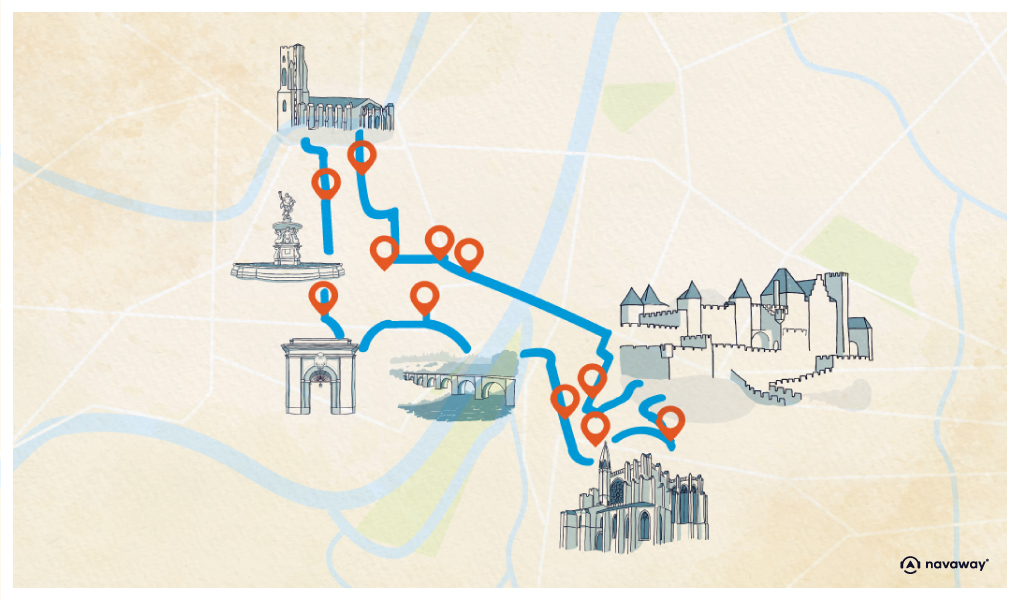
Aude Gate
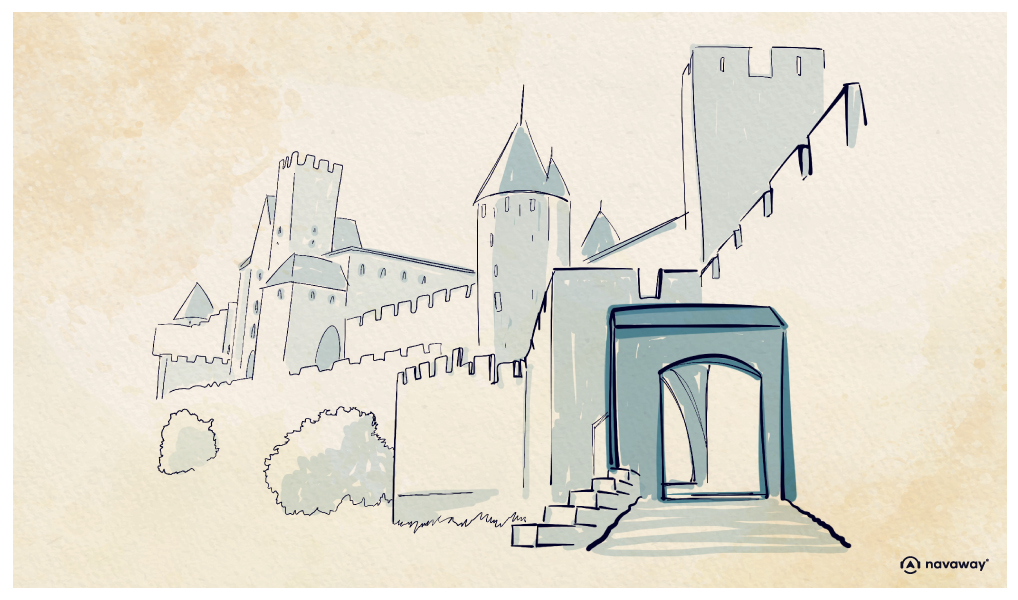
This point of interest is available as audio on the tour: Visit Carcassonne, A Citadel among the Clouds
From here, you can exit the medieval city through the Aude Gate, right next to the Count’s castle. Bet this setting looks familiar… This gate was featured in the famous film “The Visitors”, as well as in “Robin Hood: Prince of Thieves”. It’s so named because it faces the Aude river, which flows through Carcassonne and has lent its name to the entire department. This river, which crosses 4 departments and 75 villages and cities, has its source in the Pyrenees, in the Carlit massif, and empties into the Mediterranean Sea over 220 kilometers away, near Vendres in the Hérault department. But back to our gate! It may not look like it, but it was designed as a highly complex and sophisticated defence structure; it was meant to confuse and slow down the enemy. On their way up, the attackers had no way of knowing which side the gate was on, or which route to take. They thus wasted time, which allowed the troops stationed on the barbicans, towers and ramparts to better aim and take them down quickly. If you turn around, you’ll find the Justice Tower, part of the Count’s Castle. As you might have guessed from the name, this is where trials were held, notably during the infamous Inquisition, a dark chapter in Carcassonne’s history. Let’s set the scene. By 1226, the kingdom of France had conquered Carcassonne and the surrounding region, and thus controled the entire city. Yet the south-west had long been influenced by a strong religious movement, which had been rapidly spreading since the 11th century: Catharism. The latter is a religion born in the East; it grew independent of the Catholic Church in Rome and took root in southern France. Cathars are also known as Albigensians, due to their strong presence in the French city of Albi. The Pope declared them heretics, followers of a religion that rivaled his own. He now needed to root out the evil. First, they tried to convince them to convert. But their refusal to comply led to bloodshed. Enter the so-called Albigensian crusade. The very first crusade was launched in 1208 by the Pope. The second one was launched in 1226, with the support of the king. During this time, the town of Béziers was sacked, Carcassonne was under siege, and some of the greatest lords of the south were excommunicated for doing nothing to stop the Cathars. In 1233, Pope Gregory IX established the Inquisition, a special court charged with unmasking and condemning all those insincere in their faith, aka heretics, all across the kingdom of France. Their main goal was to convert them to Catholicism. If Cathars refused to comply, they would be burned at the stake. Some of them managed to flee Languedoc and take refuge in Lombardy, but many were slaughtered. The king was quite pleased, as this manhunt helped him reassert his power over the great counts of Toulouse and Carcassonne, and reclaim land. Montségur, the last Cathar stronghold, fell in 1244. Carcassonne was reclaimed by the king in 1226. The county of Toulouse, the very last independent territory in Languedoc, was annexed to the kingdom of France in 1271, marking the demise of the great lords of the South. During these two centuries of trials, sieges and warfare, thousands of people lost their lives in the battles led by the Crusaders and the ensuing death sentences handed down by the Inquisition. That’s why this tower is so important: this is where they held the trials and investigations to unmask heretics. This regional narrative is of great significance, as the so-called Medieval Inquisition also reached Spain and Portugal, bringing about the infamous Spanish Inquisition. Renowned for its brutality and use of torture, the latter institution left an indelible mark on the collective memory. Now you know why the region is nicknamed Cathar Country! FYI, the Aude department has trademarked this phrase for tourism purposes. There, you’ll find the incredible Cathar castles, those that fell into the hands of the King of France during the Inquisition and were remodeled as he saw fit. But let’s not get carried away just yet! Let us explore Carcassonne first!


Discover Carcassonne with app
An interactive guide through the most beautiful streets, squares, and districts
27 fun audioguides full of historical facts, anecdotes, and legends
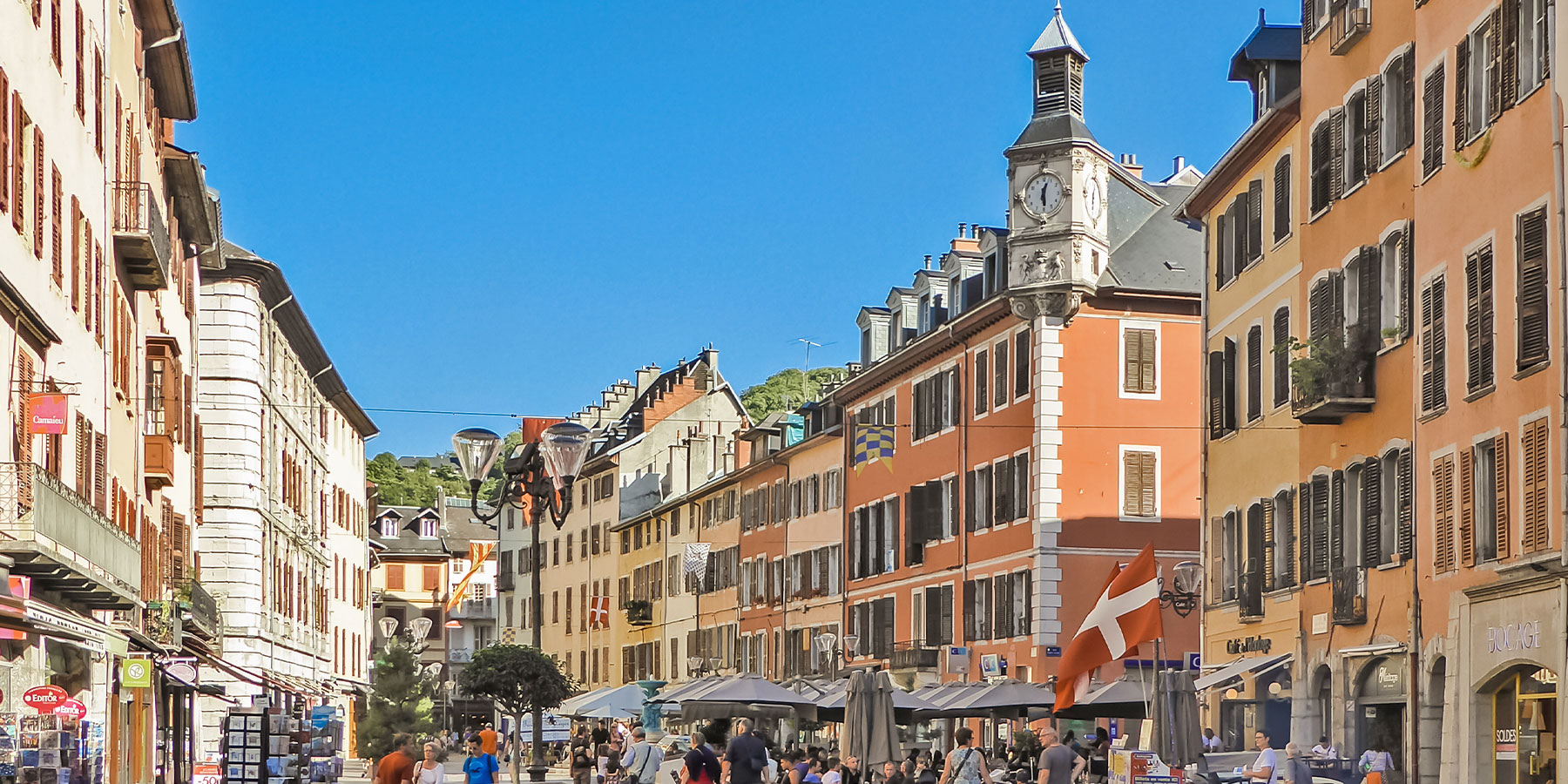
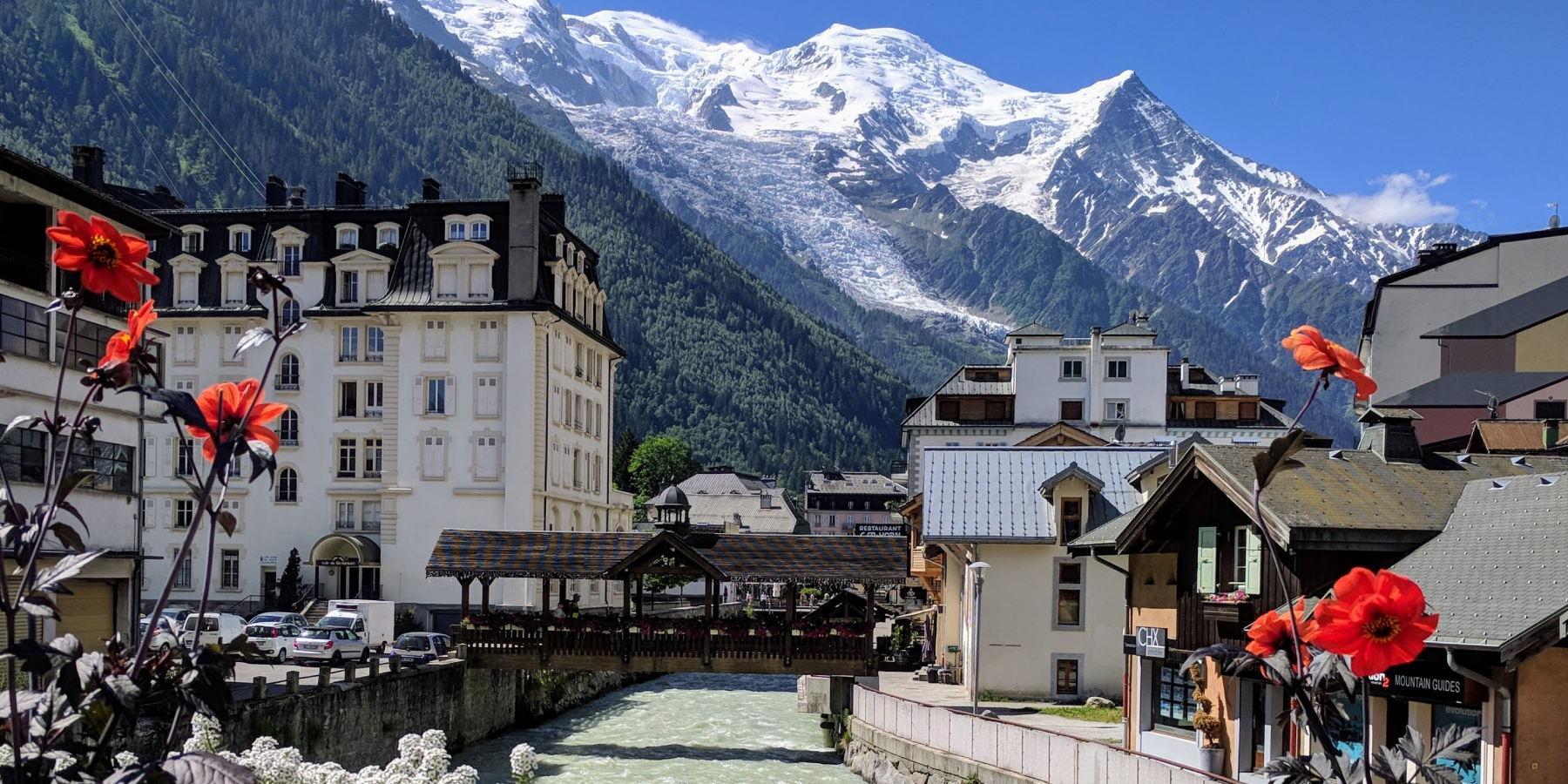
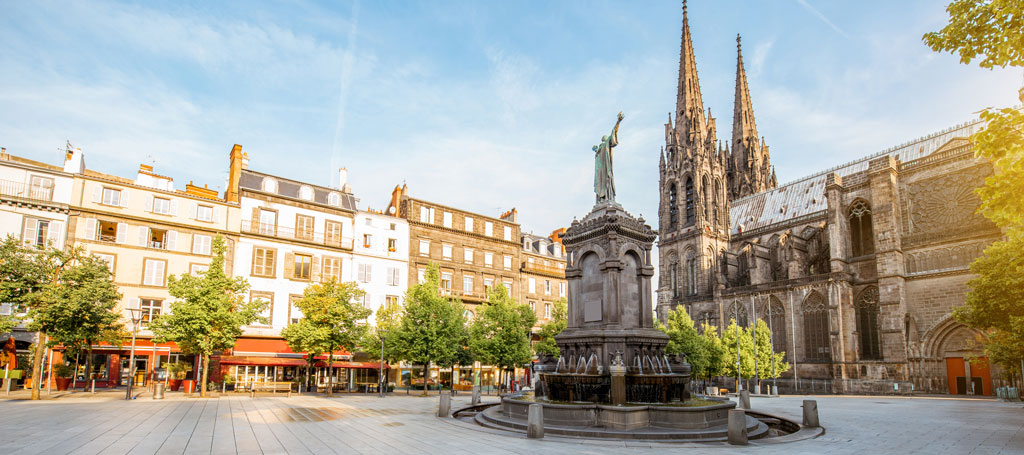


Comments